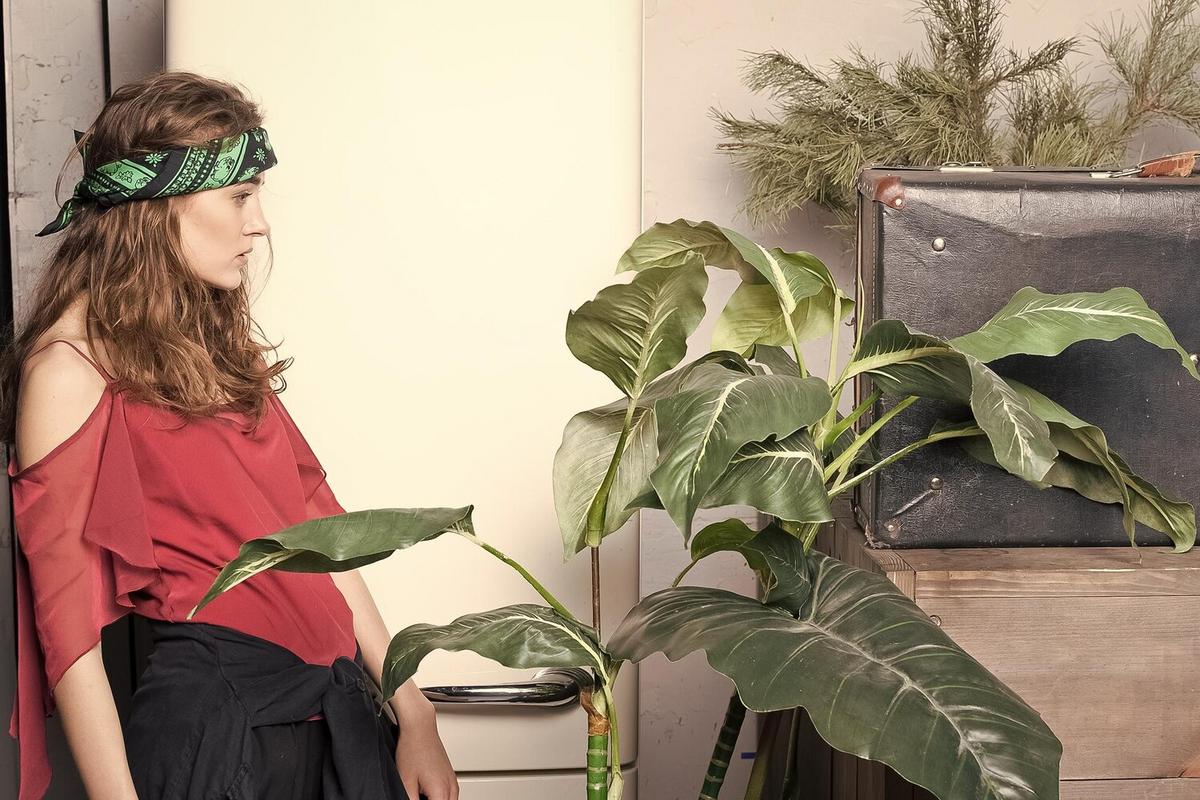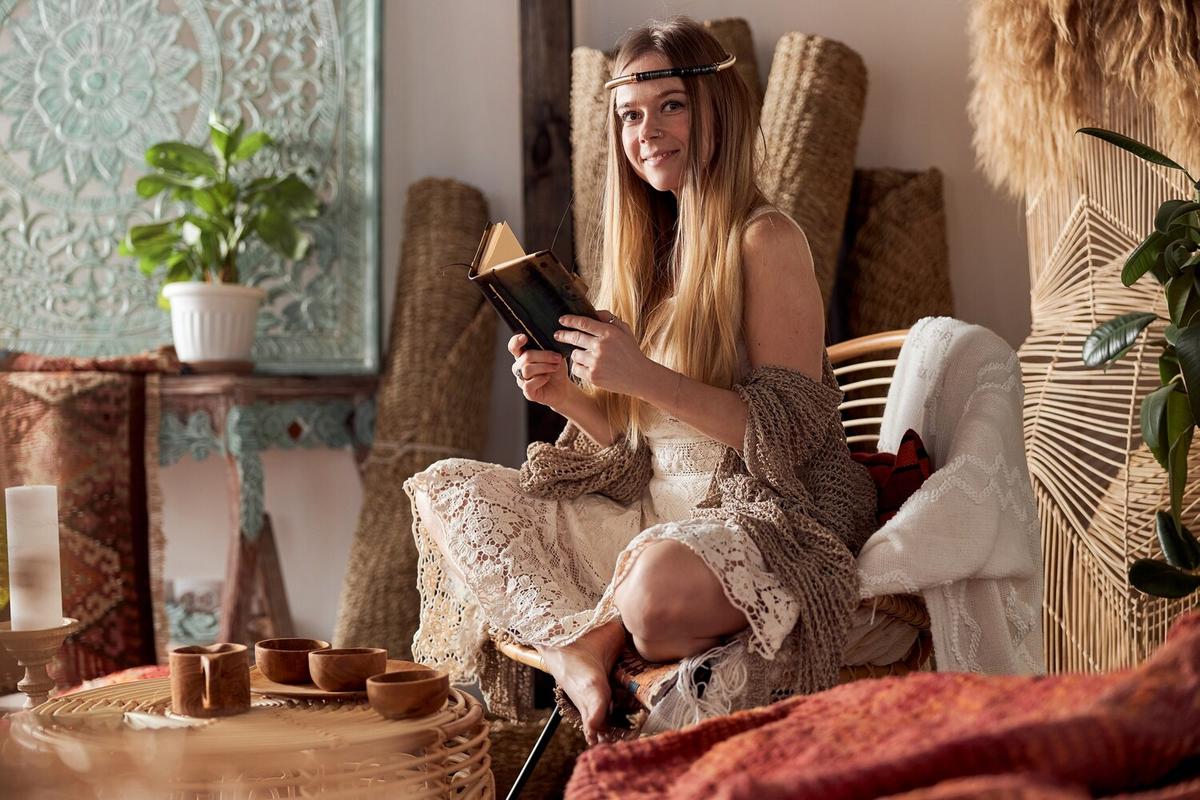
Biophilic Design: Bringing Nature Indoors
Imagine stepping into a space where the tranquility of nature seamlessly merges with modern design. This is the essence of biophilic design—a trend that is reshaping interiors by bringing the outdoors in.
Biophilic design is more than just a trend; it’s a philosophy that focuses on creating a harmonious space by incorporating elements of nature into our living environments. This approach not only enhances aesthetic appeal but also promotes well-being and productivity.
Understanding Biophilic Design
At its core, biophilic design aims to connect humans with nature. It’s based on the concept that humans have an innate need to affiliate with natural elements, a theory popularized by biologist Edward O. Wilson. This design approach incorporates natural materials, light, vegetation, and views of nature in a way that creates a soothing environment.
Benefits of Biophilic Design
Research shows that biophilic design can reduce stress, improve mood, and enhance cognitive function. A study by Terrapin Bright Green highlights that introducing natural elements into workspaces can lead to a 15% increase in productivity and a 6% improvement in well-being.
Expert Insights
Interior designer Oliver Heath emphasizes, “Biophilic design is not just about adding plants. It’s about creating spaces that reflect the patterns and systems of the natural world.” This holistic approach can transform any environment into a nurturing and inspiring place.
How to Incorporate Biophilic Design
1. Use Natural Materials
Incorporate materials like wood, stone, and bamboo. These elements add texture and warmth to spaces.
2. Optimize Natural Light
Maximize natural light by using large windows and strategically placed mirrors.
3. Add Greenery
Introduce indoor plants to purify the air and bring a touch of nature.
4. Create Natural Views
If possible, design spaces with views of the outdoors or use artwork depicting natural scenes.
5. Water Features
Consider adding a small indoor fountain to bring the calming sound of water into your space.
Opt for a variety of plant sizes and types to create a more dynamic and visually appealing indoor garden.
Comparison Table: Biophilic Elements vs. Traditional Design
| Biophilic Elements | Traditional Design Elements |
|---|---|
| Natural Light | Artificial Lighting |
| Natural Materials | Manufactured Materials |
| Indoor Plants | Decorative Items |
| Nature Views | Wall Art |
| Biophilic Patterns | Geometric Patterns |
| Water Features | Static Decor |
| Organic Shapes | Rectilinear Forms |
| Natural Color Palettes | Monochrome Schemes |
FAQs
What is biophilic design?
Biophilic design is an architectural approach that seeks to connect building occupants with nature through the use of natural elements and materials.
Why is biophilic design important?
This design approach is important because it enhances well-being, increases productivity, and creates a more pleasant living environment.
Can biophilic design be applied in urban settings?
Yes, biophilic design can be effectively implemented in urban environments through the use of green roofs, vertical gardens, and maximizing natural light.
In conclusion, biophilic design is a powerful tool for transforming interior spaces into havens of tranquility and inspiration. By incorporating natural elements, we not only enhance the aesthetic appeal of our homes but also promote a healthier and more fulfilling lifestyle. Embrace biophilic design and experience the benefits of nature indoors.


